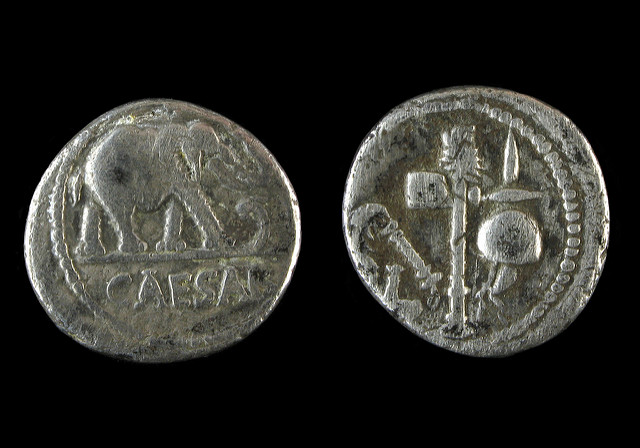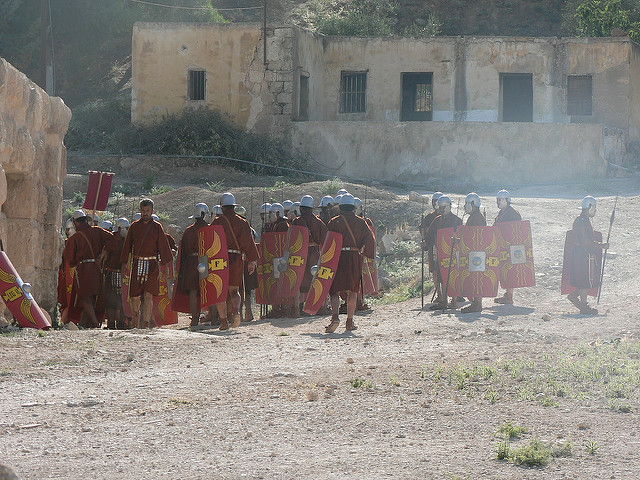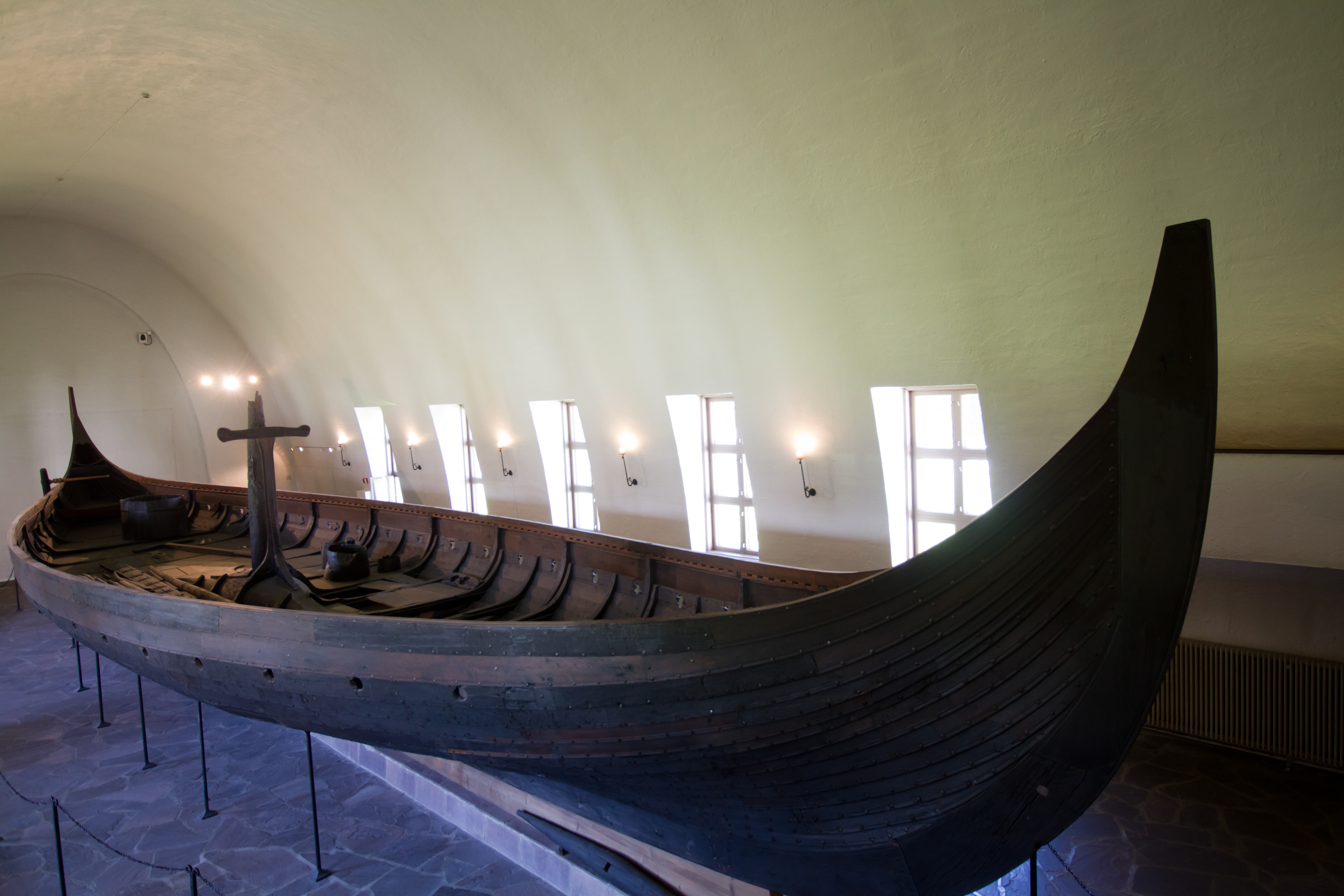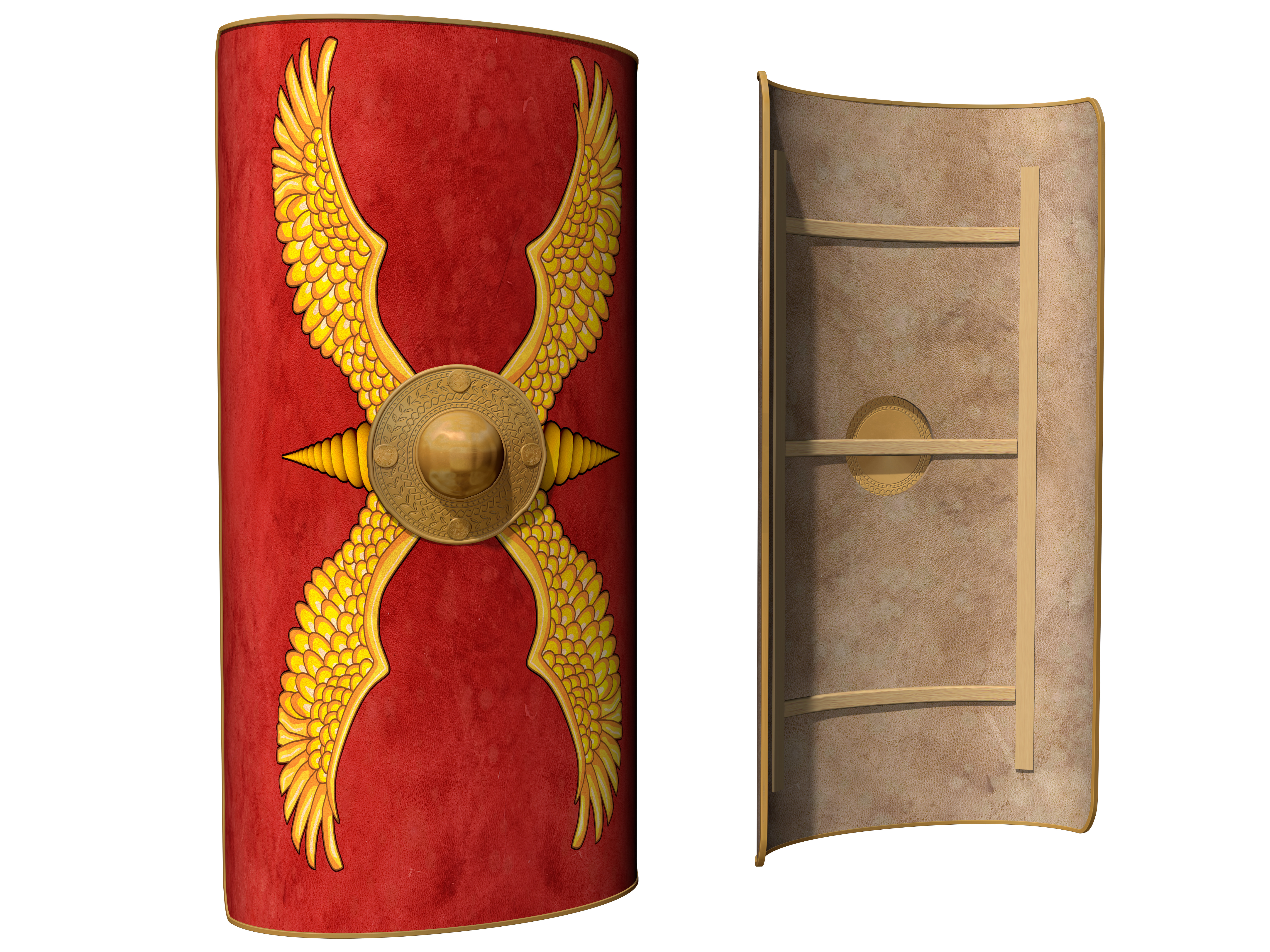Background on Legionnaire pay in the Roman Army

I found a lot of fun information on pay for Legionnaire soldiers serving in the Roman army in a book called The Complete Roman Army, by Adrian Goldsworthy, Thames& Hudson Ltd, London, copyright 2003.
Legionnaire pay
Page 94 describes some of what is known about pay of legionnaires. Here’s a summary of annual pay:
- 112.5 denarii – pay rate before about 14 A.D. when Caesar doubled the pay
- 225 denarii – pay rate after Caesar doubled pay, which pay increase was in place until in about 14 A.D.
(Updated to reflect Caesar wasn’t alive in 14 A.D., since he was alive from 100 B.C. to 44 B.C.)
Book says this was issued three times a year, likely on January 1, May 1, and September 1. Soldiers received 75 denarii each payday.
Later pay raises:








